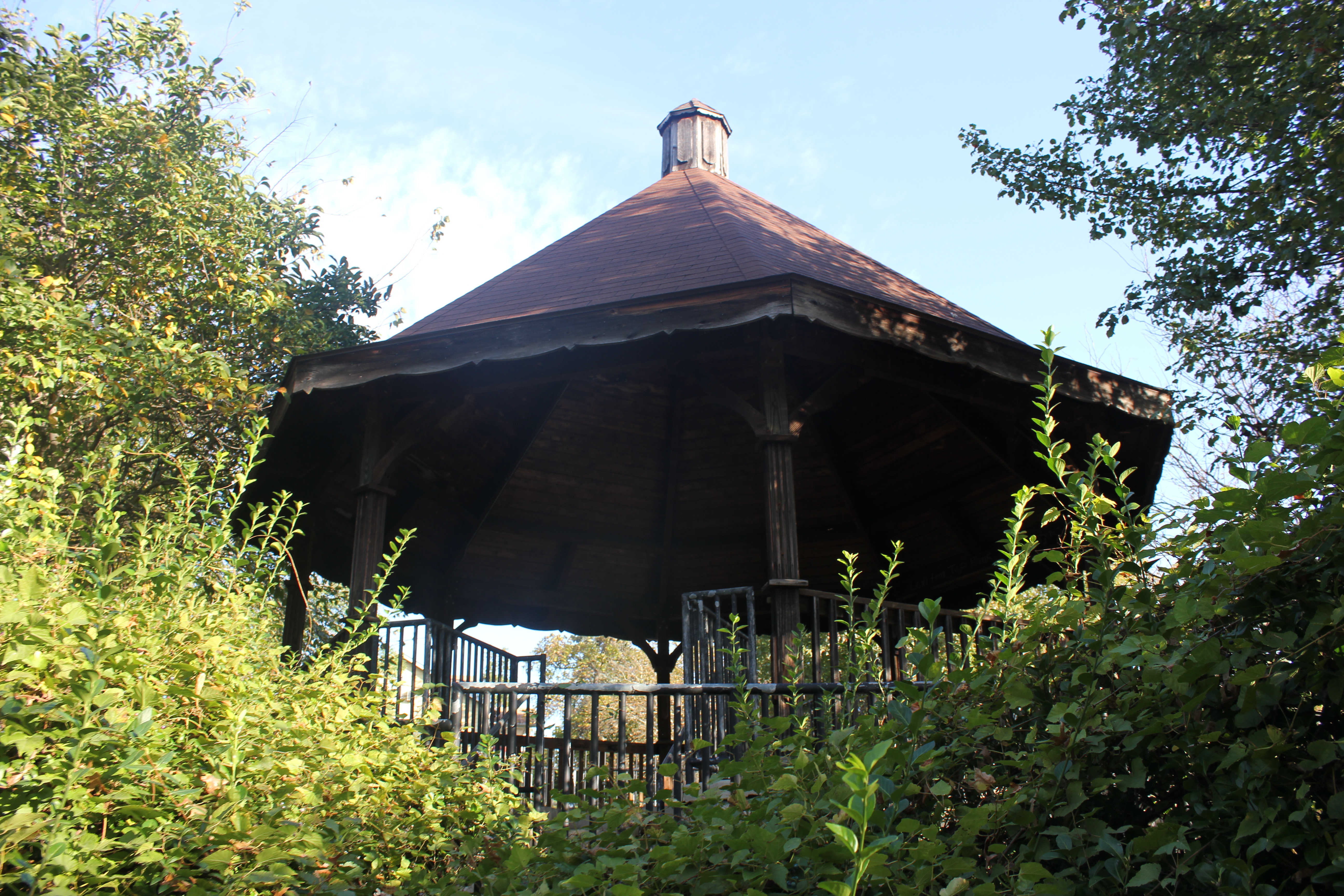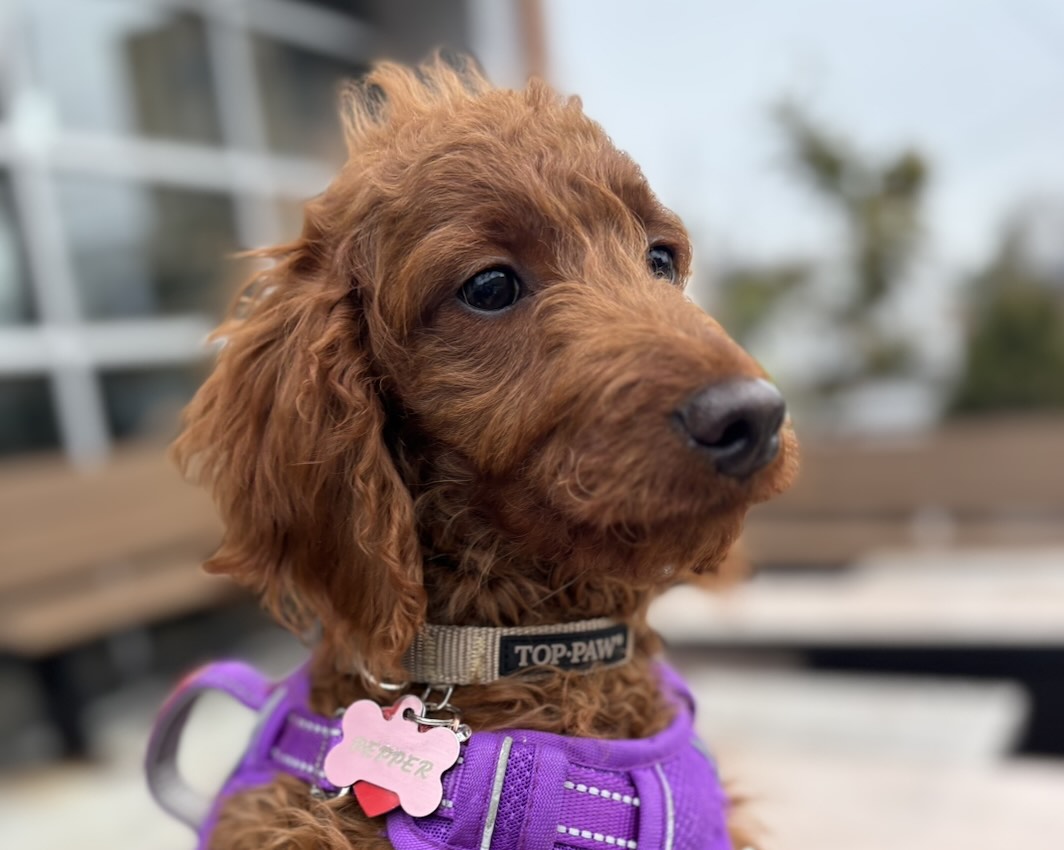
The story of how the legend of the Mount Rainier exorcism developed is almost as interesting as the story of the exorcism itself.
The incident began as rumors around town, which became a newspaper article, which inspired a movie, which beget more rumors, which inspired more articles and which rest now as an uncertain sort of history.
This much is known: In 1949, a 14-year-old boy who lived in Mount Rainier began experiencing strange symptoms. The family reported chairs and heavy furniture moving on their own and the boy screaming obscenities in his sleep. A doctor, a psychologist and other experts could find nothing wrong, and the family turned to demonic possession as an explanation. A Protestant, he first was attended by his minister, then later by a priest at St. James Catholic Church, who first attempted an exorcism, and finally by a Jesuit in St. Louis who reportedly cured him.
The first print accounts took the exorcism at face value. “Priest Frees Mt. Rainier Boy Reported Held in Devil’s Grip,” read the Aug. 20, 1949 account in the Washington Post.
In what is perhaps one of the most remarkable experiences of its kind in recent religious history, a 14-year-old Mount Rainier boy has been freed by a Catholic priest of possession by the devil, Catholic sources reported yesterday.
Only after between 20 and 30 performances of the ancient ritual of exorcism, here and in St. Louis, was the devil finally cast out of the boy, it was said.
In all except the last of these, the boy broke into a violent tantrum of screaming, cursing and voicing of Latin phrases-a language he had never studied-whenever the priest reached the climactic point of the ritual, “In the name of the Father, the Son and the Holy Ghost, I cast thee (the devil) out.”
The next year, a senior at Georgetown was searching for a topic for a speech contest. A Jesuit priest suggested demonic possession, mentioning the Mount Rainier case.
That brief conversation stuck with William Peter Blatty for more than 20 years. In 1971, he published a fictional novel which changed the victim to a 12-year-old girl and the location to Georgetown and gave the parents a divorce and and the priest a crisis of conscience.
The book was a bestseller, and two years later Blatty was hired to adapt his own book into a screenplay. The movie did even better, nearly topping the box office for the year and becoming a seminal horror film. The story had now moved into the popular consciousness.
As the case was discussed again, local lore established the address as 3210 Bunker Hill Road, where a three-story house had once stood. (The house was either torn down or burned down.) Furthering the urban legend was the fact that the house no longer stood and was then the site of a small city park with a gazebo.
The park became known as “Exorcist Lot” or “Satan’s Lot,” and some local parents reportedly wouldn’t let their children play on it.
The story then leapt from local legend into print, again. An article in the Prince George’s Sentinel on Oct. 28, 1983—”Demonic Possession Still Haunts Mt. Rainier Residents”—listed the address and included a photo of the lot. A May 6, 1985, article in the Washington Post—“Youth’s Bizarre Symptoms Led to 1949 Exorcism”—repeated the address, citing the Sentinel article.
But as before, the story lost something along the way. A local historian researching the case in 1999 made a convincing case that the boy and his family actually lived in nearby a cozy bungalow in Cottage City, that the Bunker Hill Road address was wrong and that the boy faked the demonic possession. And again, some locals had their own version of the story, with one long-time resident insisting that the family lived in Cottage City and moved to Bunker Hill Road.
Support the Wire and Community Journalism
Make a one-time donation or become a regular supporter here.















